
Treating Heart-Spirit Issues with Acupuncture: Anxiety, Heartbreak, Depression, Insomnia
I noticed the last time I wrote a blog article was six months ago. During that time, my daily meditation practice had been spotty too. I’m always thinking with my Chinese medical mind. So I asked myself, why? The acupuncturist in me consulted by pulses. I wanted to see the state of my energy system.
The pulse is a very effective method of assessing the energy systems of each of the body’s major organs and acupuncture channels. Located on the Left wrist, closest to the thumb is the position where the Heart expresses its energetic balance or imbalance. My Heart pulse felt full, slippery and slightly rapid. I realized over the past several months each time I checked my pulses, my Heart pulse had this full quality to it.
I had “Heart Fire.” No wonder I couldn’t concentrate and go inward. Heart Fire causes the mind’s attention (the Shen) to scatter outwards. It becomes very difficult to go inward into states of mindfulness and self-inquiry. Fire in the Heart is a state where the craving mind begins always grasping and reaching outside itself for stimulation. It is a case of the “hungry” heart. Some like to call it the “hungry ghost.”
Heart Fire is not uncommon. Our entire culture is designed to feed the Fire of the Heart: to want, crave, desire what we think we need to find happiness and contentment. The irony of the situation being: nothing outside of oneself can truly calm and satisfy the Heart and its longing. We hear this bit of wisdom all the time: happiness lies within. However it requires diligent practice, often combined with experience of the pain of grasping for fulfillment outside ourselves to truly teach us what this means.
“Heart pain” can be one of the best teachers. It is often what causes many of us to go inward: to look for fulfillment from within rather than always outside of ourselves. As for myself in the past year, I went through a painful break-up of a relationship I cherished, in addition to several other “loses” and “changes.” Not to forget, it was also a year of tremendous anxiety, strife, anger and confusion within the world politically and socially. I reacted as a normal feeling human often does: I started grasping insatiably for things outside myself to ease the pain, fill the emptiness and soften the reality that things change.
Heart pain can cause Heart Fire. In addition to mental agitation, some of the most common signs of Heart Fire are sleep disturbance, burning or darkened urination and tongue ulcers. It can also cause anxiety, hyperactivity, compulsivity, chest tightness and palpitations.
Chinese medical philosophy describes Heart pain as emotional attachment to the common themes in life: health, wealth, prosperity, family, vocation etc. When we want something and feel disappointment either because we are unable to attain/achieve it or because we have lost that which we valued, Heart pain can be the result. The Heart fixates itself on the object of its desire, creating heat, which agitates the spirit, body and mind. Symptoms result.
The most effective acupuncture channel to address Heart pain and Heart Fire are the Pericardium and Heart. These channels each possesses nine acupuncture points, each of which address both the manifestations of Heart pain, but also speak to the spiritual experience of it as well.
The most direct point to addressing Heart pain is PC-8 “Lao Gong,” translated as the “Palace of Toil.” It is located on the palm of the hand. It is an extremely calming point, not only clearing heat and inflammation that can agitate the spirit, mind and body; it also “extinguishes wind,” which is a different type of agitation. “Wind” is both a philosophical and descriptive term. It can refer to neurological agitation, such as tremors. But it also describes our reaction to the inconsistencies of life: the fact that things are always changing. When “wind” symptoms appear in the body, this usually means we are having a difficult time adjusting to inner and outer circumstances.
When the Heart is in pain, it means it is holding onto something, refusing to allow things to come and go naturally. There is some sort of sentimentality or desire within Heart pain. Holding on so tightly with our Hearts creates stress, tension and pressure that can manifest as inflammation (heat) or wind (neurological disturbance). It can also lead to “phlegm,” which can manifest as confusion, compulsion or self-destructive tendencies. PC-8 treats all of these symptoms.
The name “Lao Gong” gives the image of a person who is obsessed with something, a desire, which never seems to come to satisfactory fruition. The person exhausts him/herself financing something that gives little in return. This is a point that treats “Lao” which is translated as “consumption syndrome,” where the system begins to consume itself due to inflammation that is damaging the blood, fluids and tissues of the body. The “hungry heart” is a common theme in Buddhism: our desires consuming us, eating us alive like a “hungry ghost,” burning us to dust.
Another acupuncture point along the Pericardium channel is PC-9 “Zhong Chong,” located on the tip of the middle finger. PC-9 can be translated as “the middle path of our blueprint or destiny.” This is also a point that clears inflammation that is agitating the body, mind and spirit.
PC-9 also “returns the yang,” which means it has both a reconstituting as well as reviving function when a person has gotten to a stage where they’ve reached “burn-out,” exhaustion and depression. To “return the yang” can mean putting a person’s spirit back into an ordered state when they’ve become scattered, wildly running about, compulsively behaving or consumed with obsession.
The “yang” is the basic vitality of the body. It is deeper than the “qi,” which is seen more as daily functional energy. “Yang” is the willpower, the deep focus of our soul and that which animates all of our organ and mental functions.
To “return the yang” means to gather the vitality and attention which has become scattered because of heat or trauma and put it back where it belongs: in the area of the low back and lower abdomen: the “Dan Tian,” or “elixir field” as the Taoists would call it.
The Dan Tian is the area of greatest vitality in the body – the root of all energy. It is the place from which all manifestation springs. It is also the area that is said to direct our lives – the origin of the “Chong,” which is the philosophical name for the “blueprint” of the body: the destiny that has been embedded into us at birth. The Chong through the Dan Tian is what should direct our lives, not our hungry grasping hearts and minds. To “return the yang” is to restore a state of sanity to a person who has gone a bit “mad.”
PC-8 also has the capability to “return the yang.” The difference between PC-8 and PC-9 is the level at which these points contact the energy of the body. PC-8 directs attention into the middle layer of energy in the body, whereas PC-9 is more effective for contacting the surface energy.
Symptoms that manifest on the head, muscles and exterior of the body are often better addressed with PC-9. However acupuncture points on the digits also have a strong effect on the internal organs themselves. This is a common duality in Chinese medicine. That which effects the most superficial aspect of the body often also has an effect on the deepest. The reason being: if the most superficial layers of the body, including the sensory organs are open and free, the internal organs will have outlets to vent their heat. Working with PC-8 is more about working with the internal workings of the body: the level of the blood.
To treat myself, I took a different approach. Knowing myself as I do, I decided to treat not only the present moment’s “heart pain,” to also work on my past.
There are various types of acupuncture channels. The Primary Channels are what most acupuncturists use, named after the major internal organs: the Heart, Liver, Lung etc. There are also a deeper set of acupuncture channels called the Extraordinary Vessels (Qi Jing Ba Mai). These are channels that relate to the “essence” of the body: the DNA (to use a modern term). They create the fundamental matrix of the body, and hold onto the original “blueprint” of the body, mind and spirit. To work with the Extraordinary Vessels is to work with very deep energetics, more than just our daily function. The Extraordinary Vessels work with our reason for being, our destiny, personality and nature.
One of the eight Extraordinary Vessels is called “Yin Wei Mai,” translated as the “linking vessel.” Yin Wei Mai is philosophically said to link the “threads” of our life together, especially the past to the present moment. It is the channel most involved with addressing the way events from our past influence our present life experience. Often we experience something in the present moment through the filter of the past. When we experience a loss, betrayal or disappointment, it is not always just the current event we are reacting to with grief, anger or sadness, but also to the original “heart pain” that we continue to carry from our past. Traumas and Heart pains that remain unresolved within us actually create a resonance which cause us to attract and even seek out similar scenarios which will reawaken the heart pain.
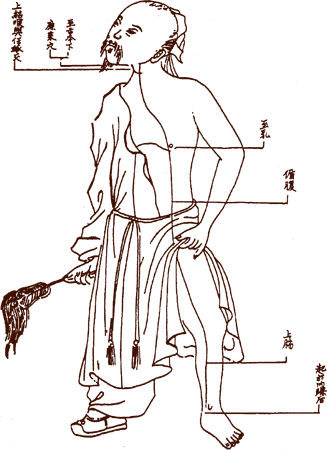
To work with “Yin Wei Mai” is to connect with the original trauma or heart pain that has created a tendency for repeating behavior, cravings or experiences that come and go without resolution. It is a channel that helps us become more aware of that which we are doing, seeking and re-enacting so we can ideally freely move forward in life.
The trajectory of “Yin Wei Mai” and the acupuncture points it visits describe the therapeutic process of working with the channel. Yin Wei Mai is “opened” or activated by a point on the Pericardium Channel: PC-6 “Nei Guan,” the inner gate. Extraordinary Vessels for the most part do not possess acupuncture points of their own; they are contacted through points on the Primary Channels through a special type of communicative needle technique.
The point PC-6 describes what Yin Wei Mai is doing: it is trying to enter into the deep aspect of the Heart: the part of the Heart that holds onto the past, the desires, disappointments, cravings – that which did not work out in the past that we continually try to rectify and make come out the way we want.
Yin Wei Mai travels from a point on the lower leg: KI-9 “Zhu Bin,” translated as the “Guest House.” Both PC-6 and KI-9 clear heat from the body. KI-9 however also clears “poison,” which refers to longterm heat that has caused actual tissue damage or toxicity in the body. It also works on the mental-emotional level to clear “poisonous” thinking. It addresses our tendency to resonate with and attract certain types of “negativity” which comes from our fixation on a certain experience of victimization. When we feel a victim we will naturally attract more of the same experience. We must gather the strength, power and perspective to begin to transform this experience into one of learning and grace, which occurs through the next set of acupuncture points Yin Wei Mai travels into.
Along the abdomen, Yin Wei Mai visits several Spleen acupuncture points with names such as “Fu Ai,” lament in the abdomen and “Fu She,” that which abides or remains in the abdomen. These are points that help transform old, stagnant material that has taken up residence in the intestines, abdomen and digestive system. The digestive system and its functionality has a strong impact on the way we think and feel. Overgrowth of bacteria, phlegm and plaque can make us depressed and even susceptible to autoimmune or degenerative conditions.
Yin Wei Mai travels into the chest to meet the point LR-14 “Qi Men,” the cycle gate. This point helps release chronic, low-grade conditions that have been lingering for a long time, stuck within the body. It helps “unbind the chest,” releasing tension that keeps us from letting go. The name of this point suggests letting a time in our life come to a state of completion, so we can start something new, untainted by the past.
LR-14 also has another interesting function to it: this point transforms phlegm, which can manifest as confusion states. It also “clears heat in the blood chamber.” What this means is agitation within the aspect of ourselves that creates meaning within our lives in relation to our experiences, as well as agitation in the aspect of ourselves that creates that which is new. This can include the area of the breasts, uterus, prostate, as well as the soul which is constantly manifesting our future, visions and dreams.
The final two points that Yin Wei Mai visit are on the throat: CV-22 “Tian Tu,” the celestial chimney and CV-23 “Lian Quan,” the spring at the ridge. These two points can be seen as points of catharsis: they open the portals of perception. They are classified within a special designation of acupuncture points called “windows to the sky.” These types of points strongly open the sensory orifices, both so the organs can release their toxicity, and also so confused perception can become clear.
To perform an acupuncture treatment like Yin Wei Mai is to begin the process of clearing past traumas and their incrustations: that which has poisoned and influenced our experience of the world and ourselves. To me, physical symptoms are mostly signs of deeper, more profound energetic imbalances in the body. Though they require treatment, they are ultimately secondary in importance to the underlying state of being in which they spring from. A person with chronic chest tension, anxiety, insomnia and relationship issues suggests that a disturbance in the Heart energy is present. The symptoms must be soothed, but the ultimate goal is to effect change in the energy of the Heart and how it has come to perceive and create the world for this person.
A change in a person’s energy can bring about a change in one’s life, globally within body, mind and spirit. This is the true profundity of Chinese medicine and acupuncture.


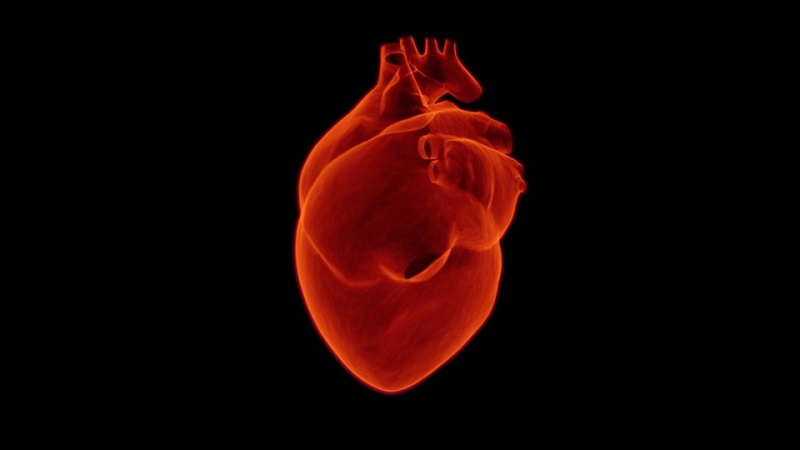
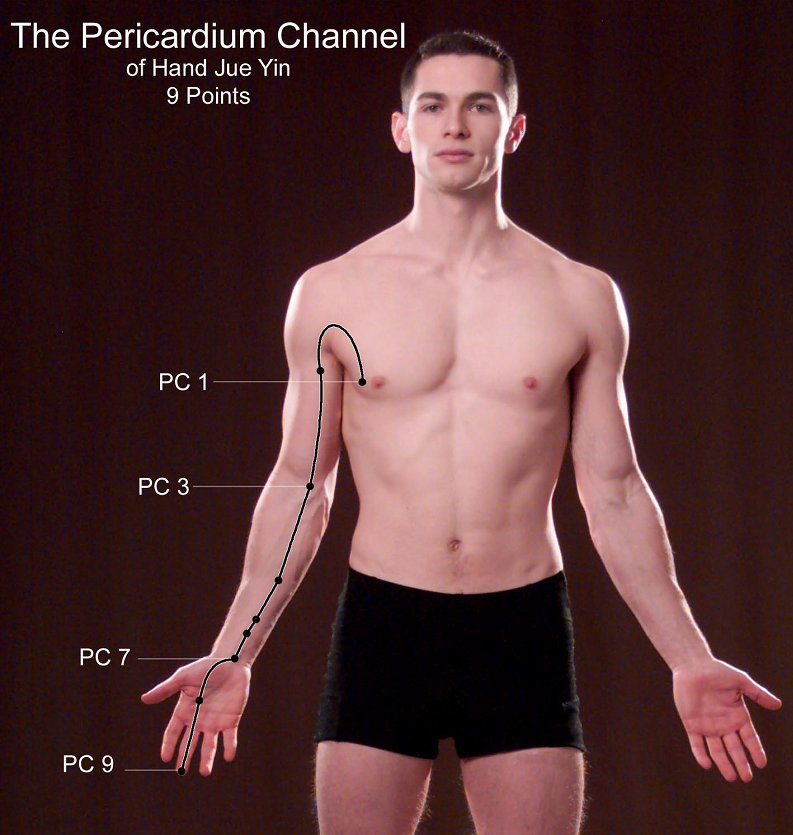
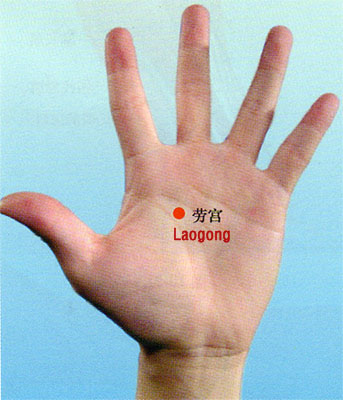
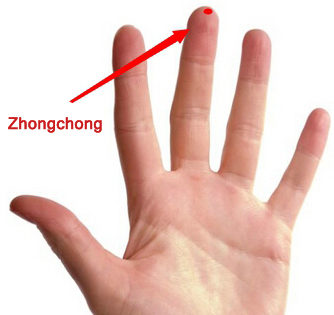





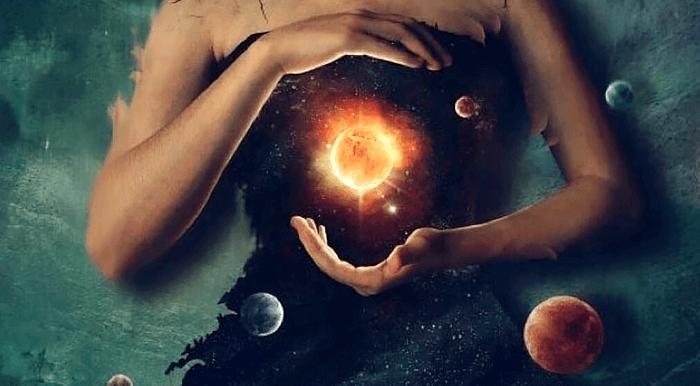



No Comments